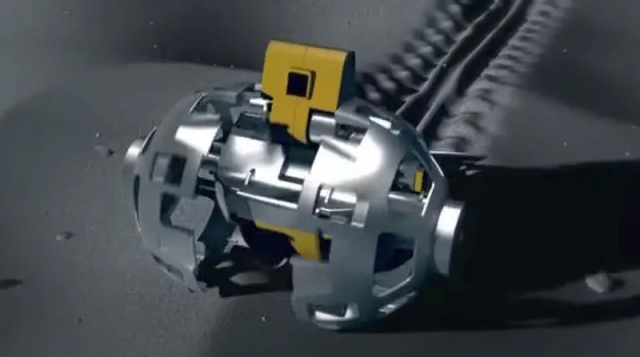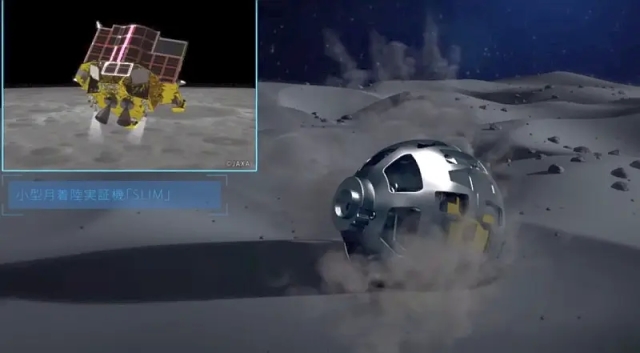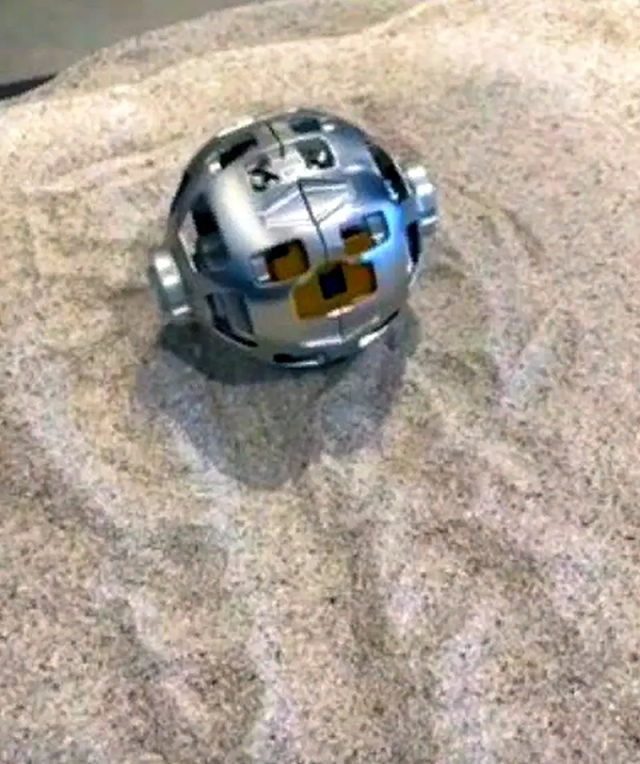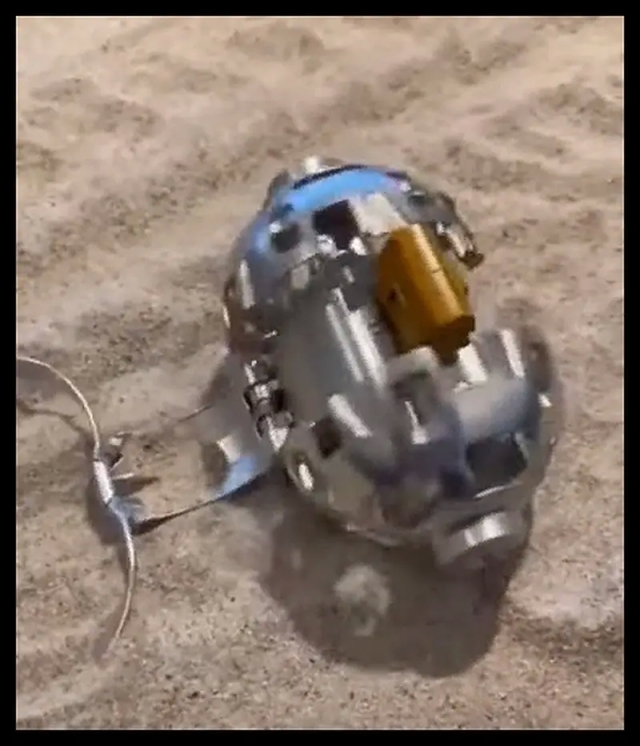
Image source: topwar.ru
Japan has become the fifth country in the world whose automatic interplanetary intelligent station SLIM, developed by the Japan Aerospace Exploration Agency (JAXA), made a soft landing on the surface of the Moon on January 20 this year. True, the module landed "upside down", but otherwise the mission can be considered successful, the landing turned out to be soft even in this position. The tasks of the platform included landing with high accuracy up to 100 meters, which SLIM successfully completed. For comparison, the landing accuracy of the Apollo 11 lunar module was about 20 kilometers.
In addition to high-precision lunar landing at a given point, other know-how is involved in the Japanese lunar mission for the first time. Just before landing, two autonomous compact modules LEV-1 and LEV-2, the size of baseballs and basketballs, respectively, left the SLIM lander at a height of five meters, literally jumped out. These devices, equipped with high-resolution retractable cameras in the upper part, recorded the SLIM landing, and the footage was transmitted to the Ground.

Image source: topwar.ru
A special feature of compact robots manufactured by the Japanese company Tomy Co is their way of moving on the surface. After landing, the central part of each device is pushed apart to move on two wheels. In addition, robots equipped with a special spring system are capable of jumping to overcome various obstacles, such as large rocks. According to the transmitted data, LEV-1 made six jumps, which makes it the first robot capable of moving in this way on any extraterrestrial body.

Image source: topwar.ru
In addition, LEV-2, with a diameter of only eight centimeters, turned out to be the smallest and lightest device that worked on the Moon. At the same time, the ability to transfer data between robots was successfully tested. This was the first time that fully autonomous vehicles were involved in lunar exploration without assistance from Earth. Currently, the LEV-1 and LEV-2 batteries have already run out, which has led to the completion of their missions. The Japanese Aerospace Exploration Agency continues to analyze the data sent by the probes.
The history of the development and creation of these robots is even more interesting. The idea was invented and implemented by Kimitaka Watanabe, a professor of engineering at Doshisha University, who was an employee of Tomy Co, a leading Japanese toy manufacturer, until 2020. He made full use of toy transformation technologies and other skills for the space program. This made it possible to implement a simple and at the same time innovative probe design and construction in the design and manufacture of robots.

Image source: topwar.ru
The surface of the moon is covered with a layer of sand known as regolith. In addition, there are steep slopes on the surface of the Earth's satellite with weaker gravity than on Earth. The key to solving the problem of movement in such conditions was the way in which newly hatched sea turtles climb sloping sandy beaches.
— The Japanese national newspaper Asahi Shimbun quotes the professor as saying.
The idea that Watanabe came up with was that the center of gravity of the rotating wheels should be slightly shifted from the central part. As a result, the LEV probes were designed to move forward slowly but steadily, even on 30-degree slopes. The creator of the original robots personally supervised the landing of SLIM. After both probes demonstrated successful operation, Watanabe stated that he was almost 100 percent satisfied with the result, writes the Asahi Shimbun.
